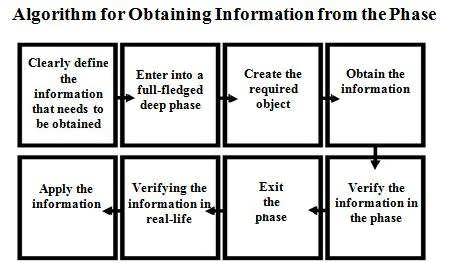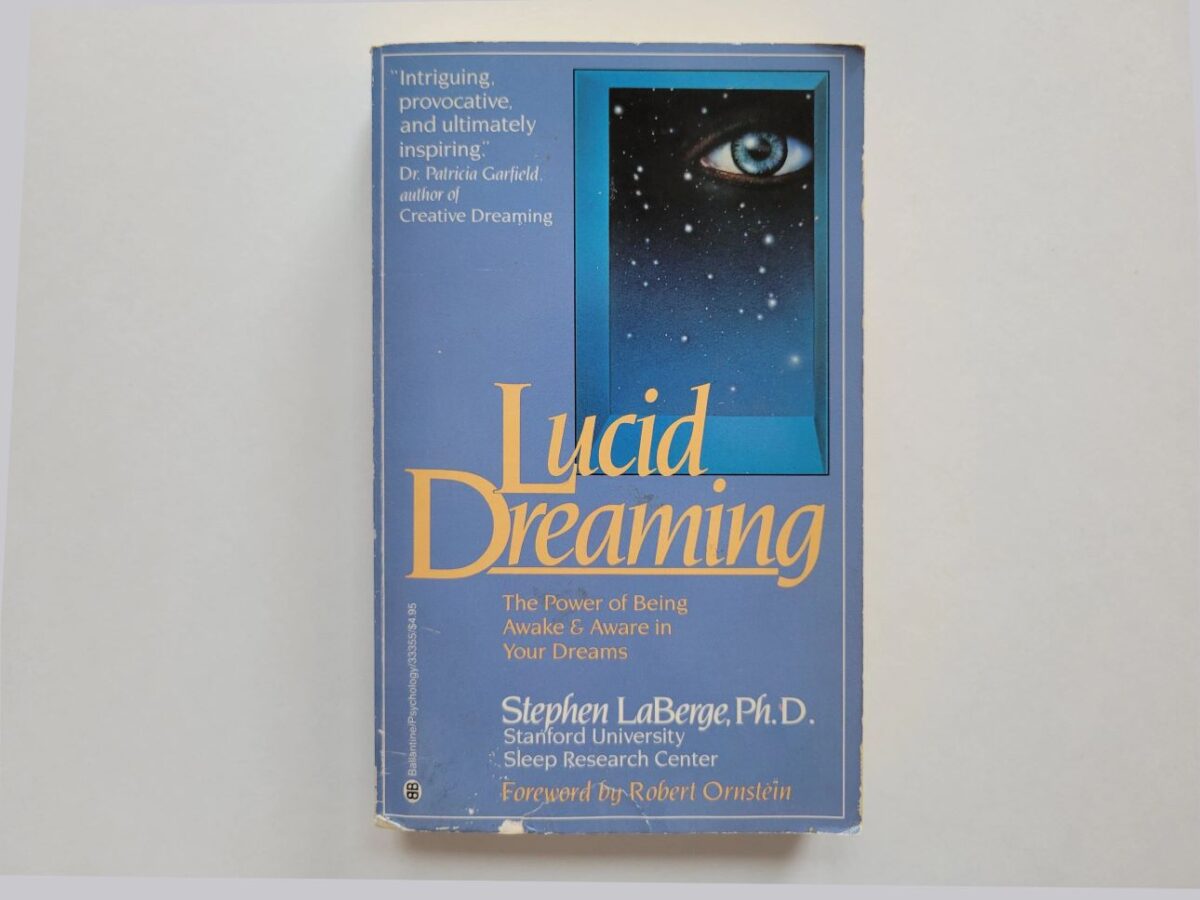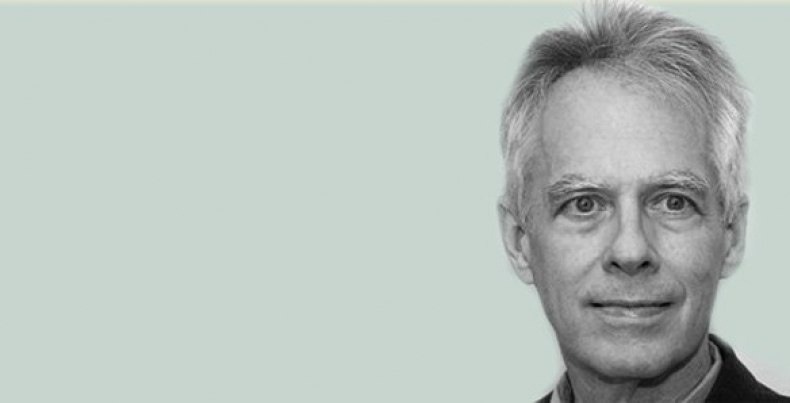If obtaining access to information in lucid dreaming seems natural from a mystical or esoteric point of view (in light of various fields of information and other such phenomena), then how would it be for a materialist who doesn’t even believe in such things?
Assume that lucid dreaming state is just an exceptionally unusual state of brain and that perception within it is no more than an unusually realistic play of its functions. Assume that a practitioner in lucid dreaming decides to travel to a forest. To do so, the translocation with closed eyes technique is used, and, as a result, a forest appears.
What happens if the vision contains very detailed knowledge of forests, what forests consist of, and where forests originate? The brain creates a hyper-realistic space superior to that of everyday reality, consisting of millions of blades of grass, leaves, hundreds of trees, and a multitude of sounds. Each blade of grass has depth and build, not just a point. Each leaf also consists of component parts. A unique, natural pattern makes up the bark of each tree.
Suddenly, a wind begins to blow through the forest, and millions of leaves and blades of grass, following a mathematical model of the propagation of air masses, begin oscillating in a wavelike fashion. Thus, a certain resource inside us is capable in mere seconds not only of creating millions of details in the desired scene, but also to control each of those details individually!
Even if lucid dreaming is just a state of mind, this does not mean that there are no sources of information within it. The mind possesses great computing ability and is equipped to imagine the full extent of the impossible. No computer, however powerful, is capable of similar feats. A practitioner is able to somehow tap into amazing resources while in lucid dreaming. It only remains to learn exactly how to achieve mastery.

It is possible that lucid dreaming space is governed by the subconscious mind. This means that the practitioner is able to contact the subconscious while in lucid dreaming state. During everyday life, the subconscious mind sends information based on calculations determined by enormous capabilities. However, humans neither hear nor perceive these signals because people are accustomed to receiving information linguistically. The subconscious mind hardly operates within the limitations of language. Communication with the subconscious mind on a conscious level is only possible within lucid dreaming. If all lucid dreaming objects are created and controlled by the subconscious mind, then it is possible to use them as translators. For example, when talking to a person in lucid dreaming, normal words are heard while the object and communicated information is controlled by the subconscious mind.
An explanation of how information is obtained in lucid dreaming can hardly be unequivocally proven. Perhaps there are other undiscovered resources. But that is not so important. The most important thing is definitely known: how to obtain information in lucid dreaming.
The algorithm for obtaining information from lucid dreaming is not complex. After entering lucid dreaming, only the techniques for obtaining information and the methods of verifying it need to be learned in order to increase the amount of knowledge gleaned from lucid dreaming.
Based on the pragmatic explanation of the nature of lucid dreaming as an unusual state of brain controlled by the subconscious, it may be assumed that the amount of information obtained in lucid dreaming is limited. If lucid dreaming exists within the confines of the brain, then the brain can only operate on data that has been received by it since birth. Indeed, it appears that everything perceived through the sensory organs is remembered and correlated with other data. This is true not only of the perceptions we are aware of, which comprise only a small fraction of total sensory input, but also the enormous volumes of information registered at the subconscious level.
If any event is actually a consequence of other events, which were, in turn, also consequences of previous happenings, then nothing occurs by chance. The initial data is known – therefore it is possible to calculate what is implied by it.
As a result, if everything is based solely on the resource of the subconscious mind, then information may be obtained about everything that is related to an individual life: the practitioner’s experiences and the experiences of those with whom the practitioner experiences life. Both our own future and past, and the future and past of others can be figured out. All in all, in order to approach knowing the whole of the information available in lucid dreaming, personal knowledge capacity would need to increase by 100 or even 1,000 times.
The only information that is not available in lucid dreaming is that about which the subconscious mind does not have any preliminary information. For example, where to purchase a winning lottery ticket that will win millions of dollars cannot be learned since there is no data that could support the necessary calculation. The subconscious mind will also not be able to show the practitioner what a random street in a small town on the other end of the Earth looks like. A practitioner should not try guessing what information the subconscious mind has to offer and what it doesn’t because mistakes are easily made. For example, if a practitioner has never been to Paris and never seen the Eiffel Tower, it might be assumed that the practitioner’s subconscious mind knows nothing about it either. However, over the course of his life, his mind has already received an enormous quantity of information about it from pictures, photographs, stories, videos, books, and so forth.
There are three basic techniques for obtaining information in lucid dreaming. Each of them has its advantages and disadvantages that must be studied and learned before use.









